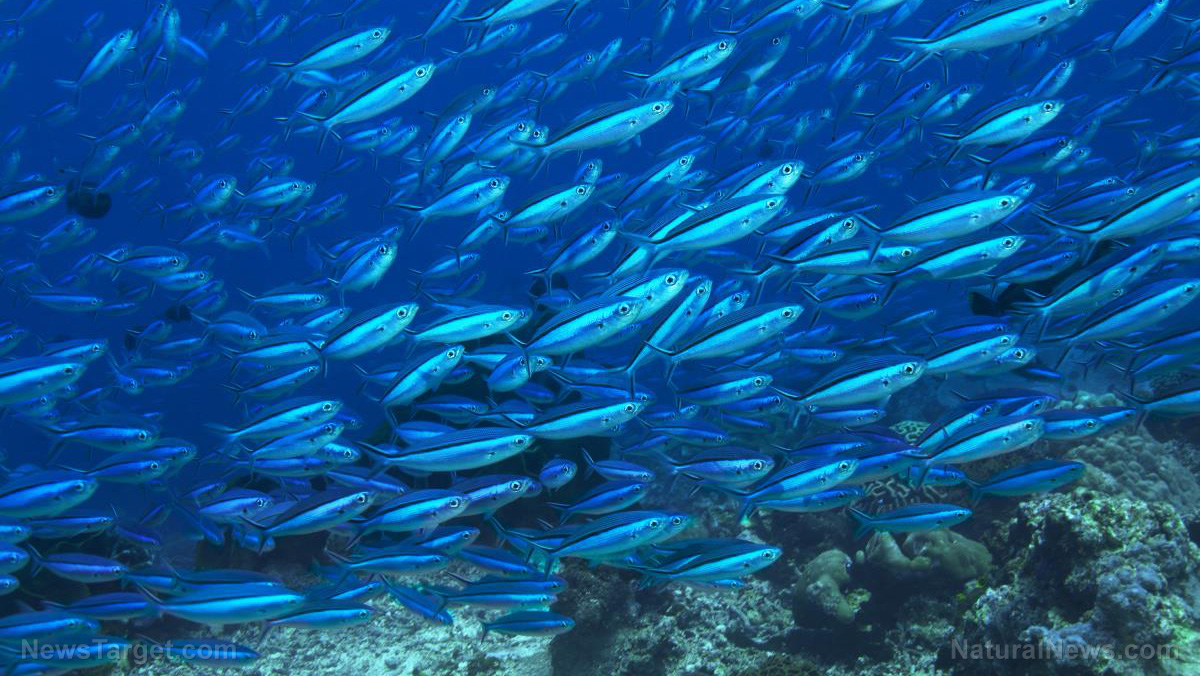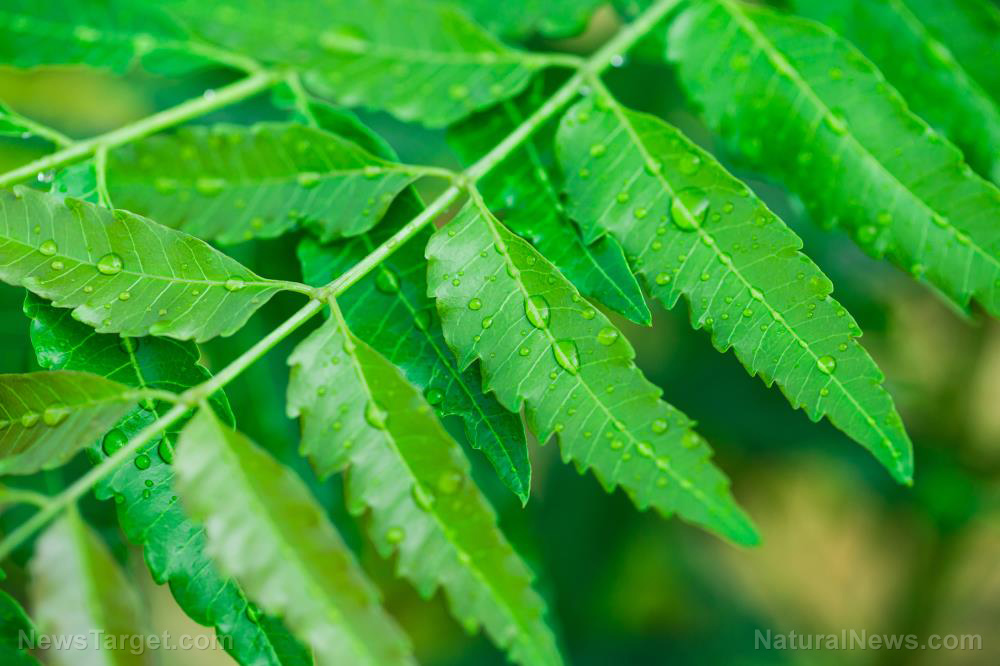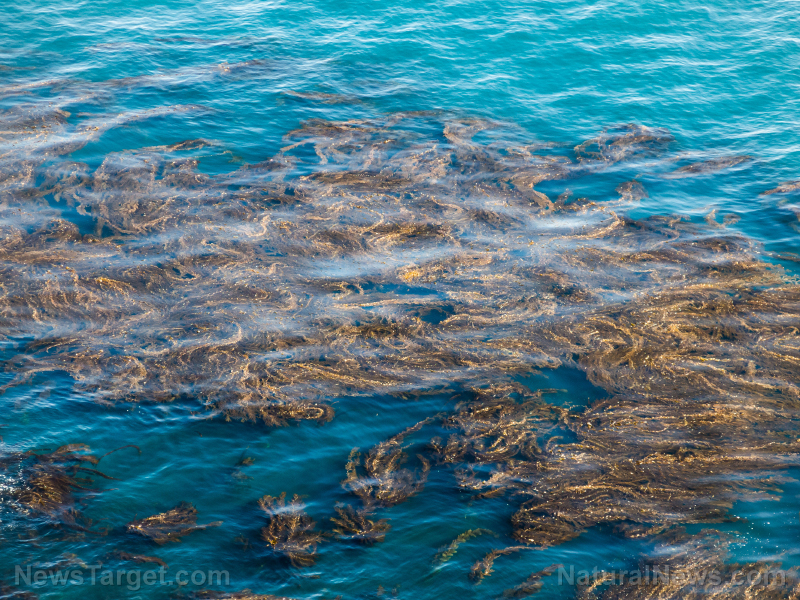
The study, "Seagrass meadows support global fisheries production," was a collaboration between Dr. Leanne Cullen-Unsworth of Cardiff University and Dr. Lina Mtwana Nordlund of Stockholm University. It looked at the connection between fisheries and seagrass distribution, and highlighted the importance of having a unified approach to management governed at local, regional and international levels.
Seagrass meadows have been known to be beneficial fishing habitats. Data from the research produced "the first quantitative global evidence" of the importance of seagrass meadows in supporting world fisheries productivity."
The study findings showed that one-fifth of the world's biggest fisheries, like walleye pollock, need healthy seagrass meadows. It also revealed that seagrass-associated fishing occurs on a global scale.
Dr. Cullen-Unsworth noted that seagrass meadows can boost the productivity of global fisheries since they can be used as a nursery habitat for commercial fish stocks like Atlantic cod, conch, tiger prawns, and white spotted spinefoot. (Related: Seaweed could save California’s coastline by reducing ocean acidification.)
She added that there's a gap between coastal habitat conservation and fisheries management that must be bridged to take advantage of the benefits that seagrasses can offer fisheries and thereby "continue to support human [well-being]."
The research also detailed policy-relevant observations and recommendations that made note of the benefits of seagrass in global fisheries.
- Seagrass as key fishing grounds – Seagrass meadows are an important fishery resource for artisanal fisheries, small-scale subsistence, and large-scale commercial enterprises. However, in various parts of the globe, seagrass-situated fisheries remain unreported and unregulated. Steps must be taken to document this crucial resource.
- Seagrass as nursery habitats for fish stocks – Additional research can help determine the connection between nursery habitat links and mature exploited fish stocks. Large-scale international strategies need to formally recognize how crucial seagrass meadows are as nursery grounds that can stock off-shore fisheries.
- Seagrass as shallow-water habitat for gleaning/harvesting invertebrates – Gleaning, or fishing in shallow waters, is practiced all around the world. With seagrass, invertebrate fisheries can have a steady source of necessary protein, which is beneficial to those in tropical coastal communities. Even though invertebrate gleaning activity is expanding on a global level, it's rarely included in fishery statistics. Gleaning isn't usually considered in resource management strategies, or it's poorly enforced, unregulated, or unreported.
- Seagrass as trophic support for fisheries – Seagrass meadows export large quantities of associated animal biomass, organic matter, and living material which will benefit both near and far shore fisheries. Additionally, seagrass can subsidize whole food webs in the deep sea, which can boost the productivity of larger fisheries.
- Seagrass has potential value for food security – Another unexplored area of research, there is a discrepancy regarding the noteworthy economic benefits of seagrass nurseries and the inadequate levels of funding and management when it comes to the prevention of seagrass degradation. Fisheries modeling and management approaches don't usually acknowledge how shallow coastal seagrass can benefit fish stocks.
Dr. Unsworth noted that the coastal distribution of seagrass makes it susceptible to various threats, both land- and sea-based, like boat damage, coastal development, land runoff, and trawling. There is also proof that with the rapid decline of seagrass globally, fisheries and their stocks are usually endangered, often with negative economic side effects.
She concluded that to change these concerns, the role of seagrass in global fisheries production must reach the policy sphere. The authors emphasized that seagrass needs targeted management to boost and sustain its role in global fisheries production.
Fast facts on seagrass
Seagrasses thrive in shallow salty and brackish waters all over the globe, from tropical areas to the Arctic Circle.
- Seagrasses were named after their long green leaves that look like grass.
- While often confused with seaweed, seagrass is more closely related to land-based flowering plants.
- Like grass that grows on land, seagrass also has leaves, roots, and stems. It also produces flowers and seeds.
- Seagrass meadows are some of the most productive ecosystems in existence.
Learn more about the benefits of aquatic plants at Ecology.news.
Sources include:
Please contact us for more information.




















